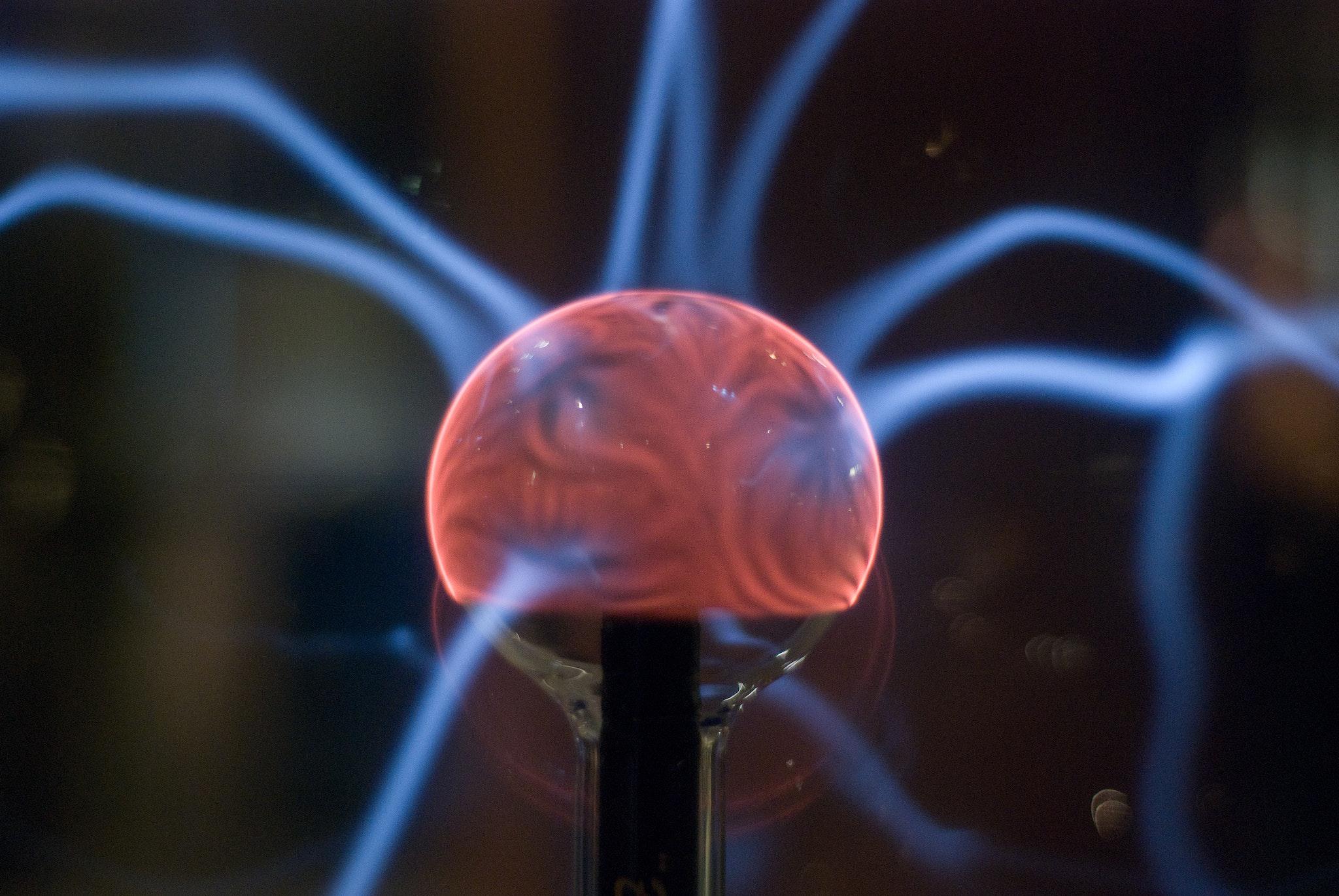The Science of Habits
From the moment we wake up, our day is shaped by habits—automatic behaviors that dictate everything from the route we take to work to how we brush our teeth at night.
These repetitive actions, often performed without conscious thought, significantly influence our health, productivity, and overall well-being.
But what drives these patterns, and why are some habits effortlessly formed while others seem impossible to adopt?
At the heart of these questions lies an intricate dance of neurology and psychology. By diving into the science of habits, we can not only gain insight into their formation but also learn how to harness this knowledge for personal growth.
In this article, we'll explain how the brain works to regulate our daily habits. By understanding the brain's processes, we can learn to reshape our habits and improve our lives.
The Anatomy of a Habit
Habits, though seemingly simple in execution, possess an intricate structure beneath the surface. Central to understanding this is the concept of the "Habit Loop," a three-step cycle that determines how habits are formed and maintained.
1. Cue
Every habit begins with a cue or trigger. It's an event, sensation, or thought that initiates the loop. Whether it's the sound of an alarm signaling it's time to wake up or a stressful situation prompting the urge to eat comfort food, cues are the starting point of every habitual action.
2. Routine
Following the cue comes the routine, the core behavior of the habit. This is the action we often associate with the habit itself. For instance, after hearing the alarm, our routine might be to stretch, check our phone, and then get out of bed.
3. Reward
Completing the loop is the reward, a positive reinforcement that tells our brain, "This routine is beneficial!" The pleasant sensation of stretching, the happiness hit from seeing a loved one's message, or the satisfaction of starting a day fresh can all serve as rewards.
Over time, as this loop is repeated, the brain starts to recognize and crave the reward, strengthening the habit's hold on our actions.
The Automation
As this cycle is continually reinforced, the process becomes increasingly automatic, allowing us to perform complex tasks without expending significant mental effort.
However, this automation, while efficient, can sometimes lead us down paths of less-than-desirable habits, making it crucial to understand the loop's dynamics for potential modification.
The Brain and Habits
While our behaviors may seem externally driven, the true architects of our habits reside within our brains, particularly in a region known as the basal ganglia.
This ancient part of the brain plays a crucial role in forming and storing habits, enabling us to perform repeated tasks without consuming vast cognitive resources.
Imagine driving a familiar route; initially, a conscious effort is needed. But over time, the route becomes second nature, letting us navigate almost on autopilot. According to researchers at Duke University, habits can account for as much as 40% of our daily behaviors!
This automation is courtesy of the basal ganglia, which takes over routine tasks, allowing our prefrontal cortex, responsible for conscious decision-making, to relax.
Dopamine, a neurotransmitter often linked to pleasure, plays a pivotal role in habit formation. Every time we receive a reward—be it the satisfaction of a job well done or the taste of chocolate—our brain releases dopamine.
This not only produces feelings of pleasure but also signals to the brain that a particular action is worth remembering and repeating. Over time, the anticipation of the reward can release dopamine, reinforcing the habit even before the reward is attained.
Understanding these brain processes is important because they are the mechanisms that form both good and bad habits in our lives!
Breaking and Forming Habits
It's a common belief that habits are hard to break, and the neural pathways in our brains support this notion. The more we repeat a habit, the more embedded it becomes, making its disruption challenging but not impossible.
To break an unwanted habit, one effective approach is to dissect the habit loop. By identifying the cue (trigger) and replacing the routine while still achieving a similar reward, we can redirect our behavior.
For instance, if stress is a cue for unhealthy snacking, one might substitute the snack (routine) with a short walk or deep breathing exercises, ultimately achieving relaxation (reward).
Choosing between gradual change and the 'cold turkey' method depends on individual preference and the habit in question. Some find success in incremental adjustments, while others prefer a clean break, especially when the habit has detrimental effects.
Yet, belief plays an underrated role in habit transformation. The conviction that change is possible, paired with a supportive community, can significantly amplify our efforts. Joining a group with shared goals or finding an accountability partner can bolster this belief system.
When forming new habits, patience and consistency are essential. It often takes repeated effort and overcoming initial resistance before a new behavior becomes second nature.
Consistency is what makes the habit, and the habit is what can make us better. As the legendary Bruce Lee said, "I fear not the man who has practiced 10,000 kicks, but I do fear the man who has practiced one kick 10,000 times".
And while setbacks are a part of the journey, each effort, no matter how small, lays another brick in the pathway of our desired habit.
Practical Steps to Harness Habit Science
Harnessing the science of habits requires actionable strategies. First, consider habit tracking; by documenting daily behaviors, we cultivate awareness and identify patterns.
Next, our environment profoundly influences our habits. By optimizing surroundings—placing a book on your nightstand or sneakers by the door—we create conducive cues for positive habits.
Lastly, set up definite incentives. Getting things checked off your to-do list or even just rewarding yourself after exercising reinforces dedication and inspires ongoing progress.
Remember, armed with knowledge and intentional effort, we hold the power to mold our habits to our advantage.
Now you know!
Our daily lives are shaped by our habits, which are deeply rooted in the science of the brain. When we understand how habits form and work, we gain the power to create a life that aligns with our deepest aspirations. Embrace change, utilize our knowledge, and witness the transformational power of habits!
If you want to know more about the science of habits, I recommend watching this video, which I think is very helpful!










Post a comment